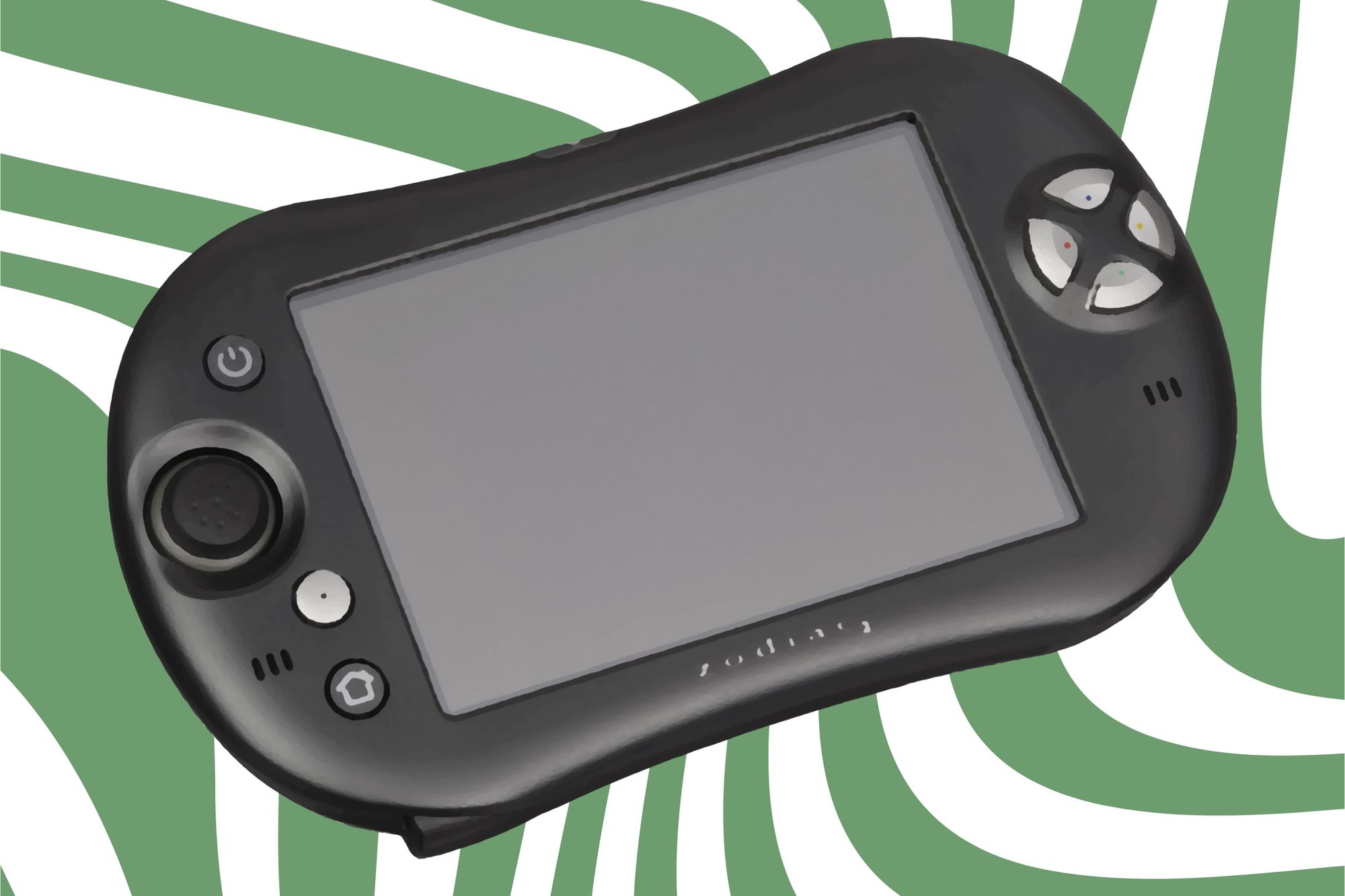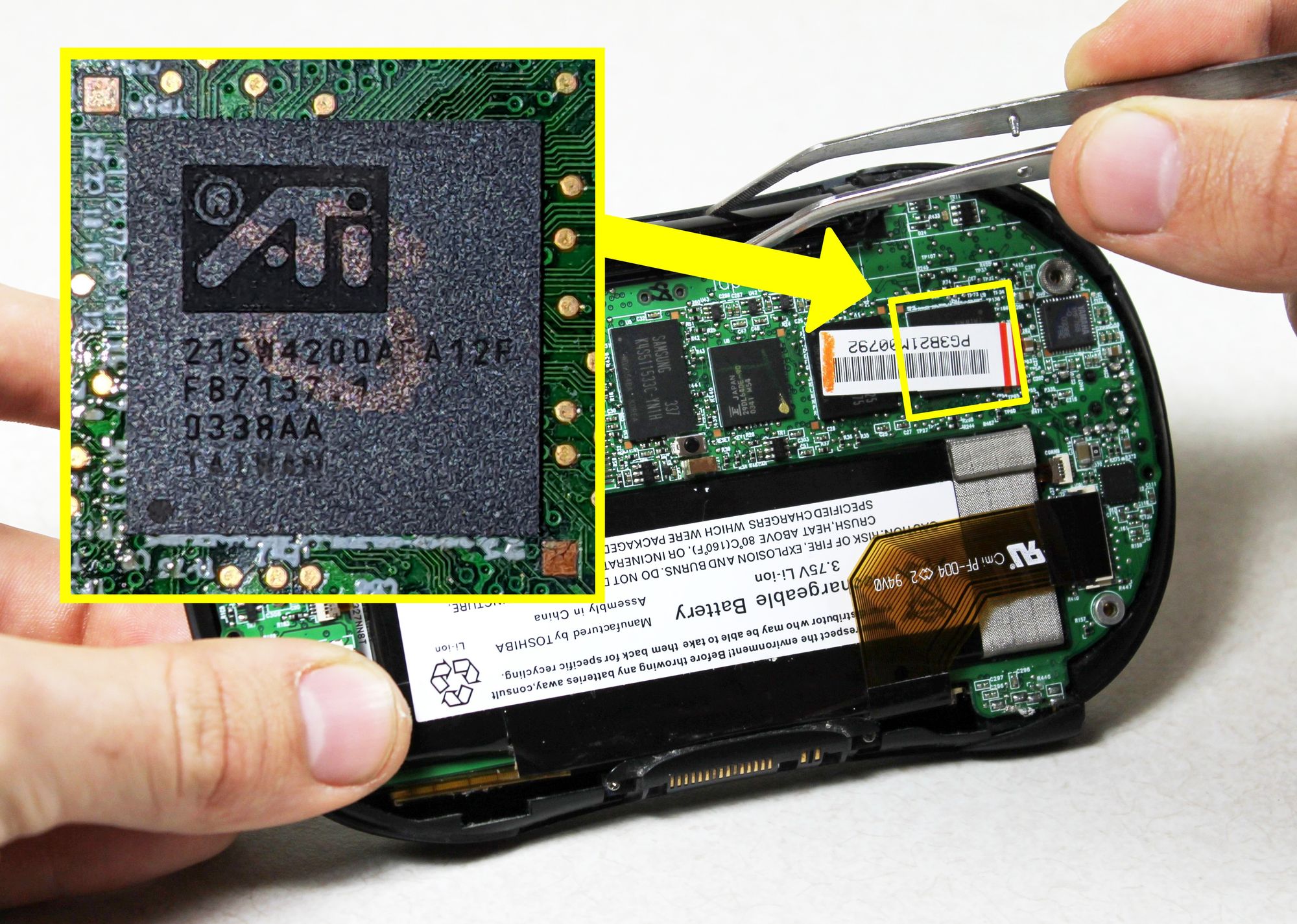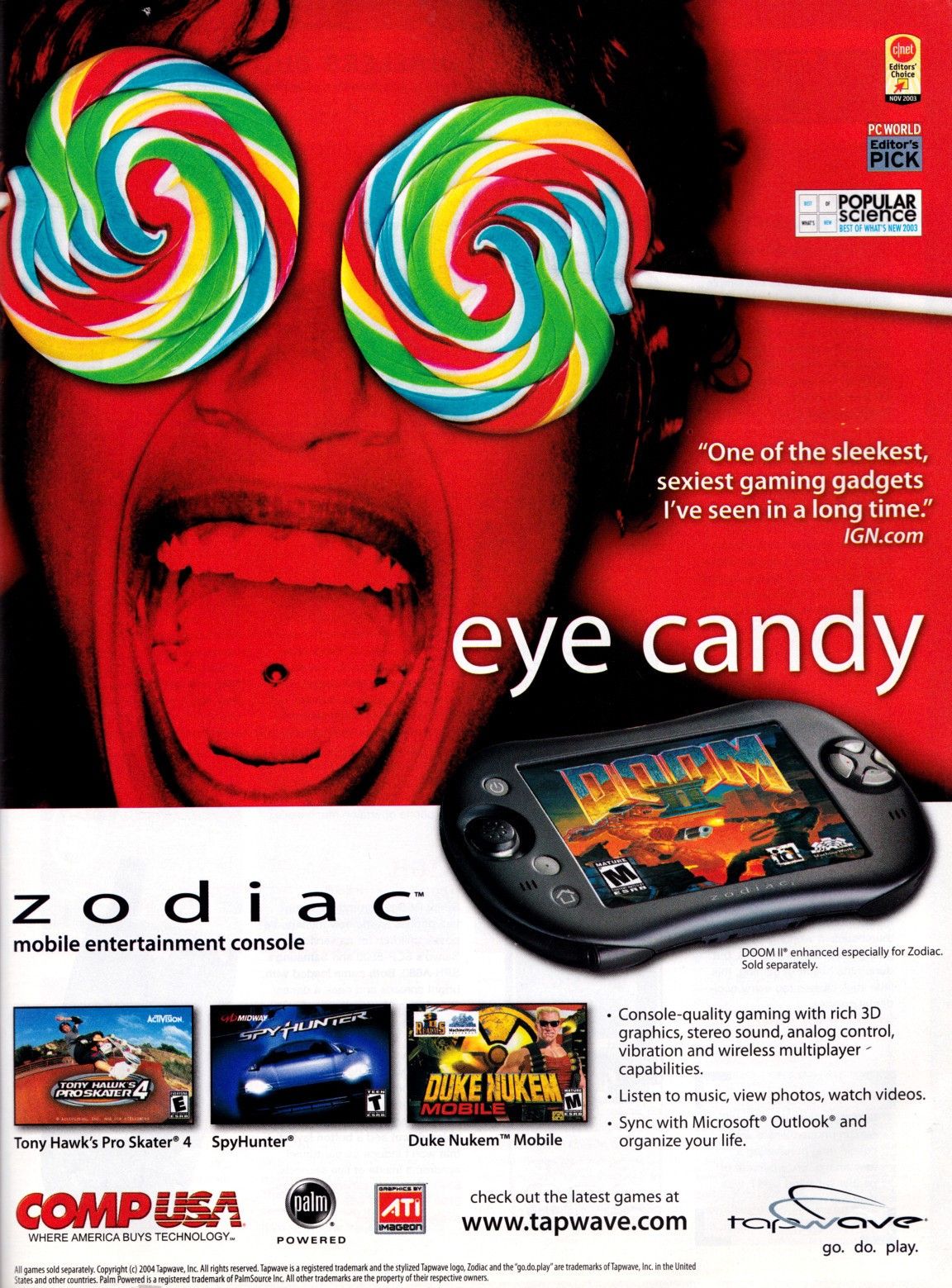Tapwave Zodiac: The PDA That Was a Hopeful Game Boy Challenger
Ambition turned into disappointment at a critical point

Exciting times were on the horizon in the early 2000s. Breakthroughs in developing processors, screens, and batteries opened up new worlds in the handheld gaming sector. The massive success of Nintendo’s Game Boy and Game Boy Advance also alerted various companies to the possibilities in this space. Critics lauded one of those newcomers — the Tapwave Zodiac.
New possibilities in a new realm
In 2001, former Palm executives founded Tapwave, a company that would explore the possibilities of combining a realm they were familiar with – the Personal Digital Assistant (PDA) – with gaming. It made sense. Technology had allowed devices to become more flexible by this time, so another feature would not have looked out of place.
Tapwave showed the Zodiac to the world in 2003. The handheld resembled a grey jelly bean, which was a fashionable look back then. It was a multi-purpose device, since it could play MP3s, videos, and games, while it could also serve as a PDA. It won various awards: CNET's Editor's Choice Award, PC Magazine's Last Gadget Standing, PC World's Next Gear Innovations Award, and many more.

Part of what won over the tech junkies was its impressive performance, courtesy of an ATI Imageon W4200 graphics accelerator, and the clear sound, thanks to the in-built Yamaha speakers. David Wenning, VP of Sales for Tapwave, said when the device made its retail debut at J&R Music World in June 2004:
Now consumers will be able to experience first-hand the brilliant high-resolution display, amazing graphics performance, rich stereo sound, and the multimedia full-throttle power of the Zodiac mobile entertainment console.
There was a definite focus on the power of the device. Tapwave claimed the Zodiac 2’s screen resolution was four times higher than its competitor, the Game Boy Advance. The future looked bright.
Adventures in other worlds screech
Zodiac users could play games with the analogue joystick and direction buttons. Its stylus, a gift from its PDA heritage, also allowed one to play games like the pre-loaded Acid Solitaire. Another indication of its genetics was that its OS was an enhanced Palm 5.2T operating system.

What could a consumer expect to pay for this piece of technology? The Zodiac 1 (with 32 MB RAM) cost $299, while the Zodiac 2 (with 128 MB RAM) cost $399. For reference, a consumer could procure a Game Boy Advance SP for $79 in September 2004.
A fan community still grew around the Zodiac, despite the high prices. After the launch, the fan site Zodiac Gamer even shared information about software for the device. Enthusiasts also created emulators to run older games, such as SCUMM adventure games and arcade games.
Interest wasn’t so high outside of that circle, though. Two of the games available early, Doom II and Duke Nukem, didn’t take advantage of the device’s power. A Forbes article (from 2004) assessed the situation:
We can understand what the developers were going for with the Zodiac 2--a portable platform that can handle gaming at the PC-level. But the games are badly outdated. Even the most recent name-brand game, Tony Hawk's Pro Skater 4, is already more than a year old. There are no new killer aps here; none that even cause serious wounds. The substantial hardware can handle heavier loads. The game programmers have to bring the ore.
Tapwave had contacted various developers for their ore. Eidos, for instance, was busy with a Tomb Raider: The Angel of Darkness port. Circumstances outside of their control would increase the pressure on the company.
Gladiators enter the fray
Nintendo’s DS launched in North America on 21 November 2004. Interestingly, it incorporated many PDA design elements, such as a stylus and touch screen. Over 2,8 million units were purchased in just two months after the console's debut.
Sony’s PSP made its way to North America on 24 March 2005. This device was a multimedia device, with its movie and music-playing abilities lauded as major features. There were also 24 PSP launch titles.
Both new consoles undercut the Tapwave Zodiac’s price. The Nintendo DS had a $150 price tag, and the Sony PSP set one back $250. Many consumers would choose the more famous brand name when they made such a purchase.

In July 2005, a note on the company's website sounded the death knell for the device, and Dan Grabham reported that Tapwave had ceased sales and support for the Zodiac gaming handheld. The fight between the handheld titans, the PSP and DS, had trampled most of the competition’s sales, including the Zodiac.
The PSP and DS shared many of the features of the Zodiac. Where they differed was the focus on the games, the so-called killer apps. It’s the software that unlocks those adventures that provide new precious experiences. And as Nintendo has proved for decades, great software performing on a less-powerful handheld (or console) will win the day more often than not. Mark this as an important lesson for any company looking to jump into the handheld space in the future.